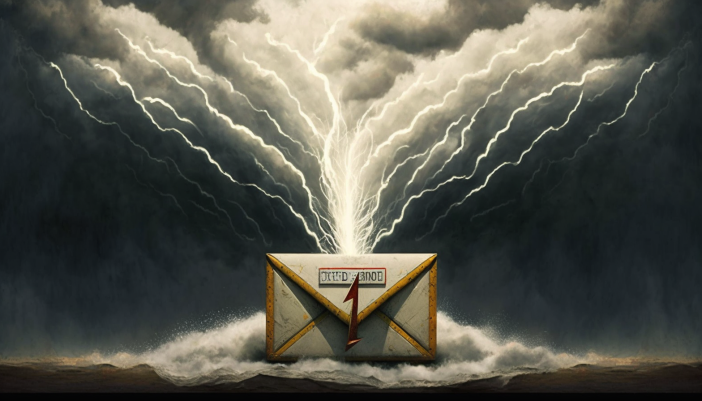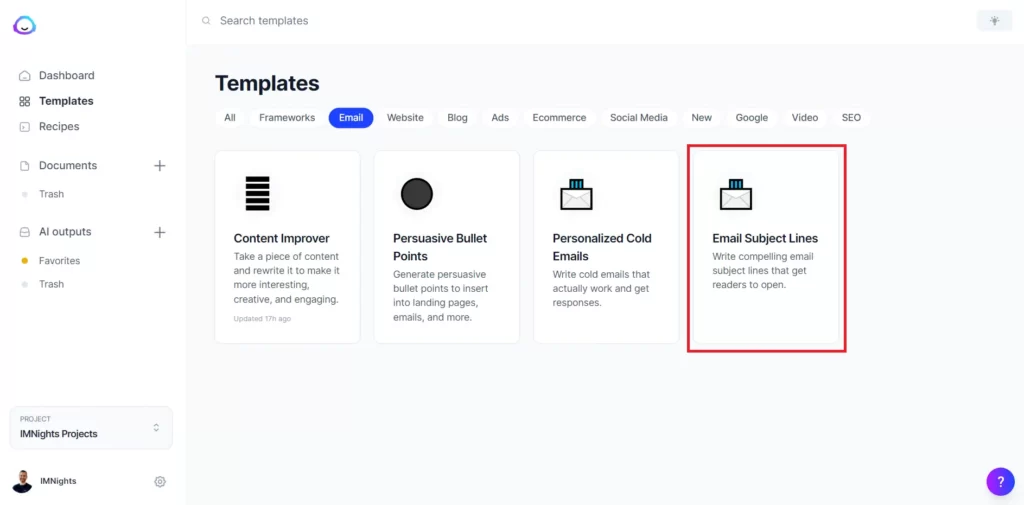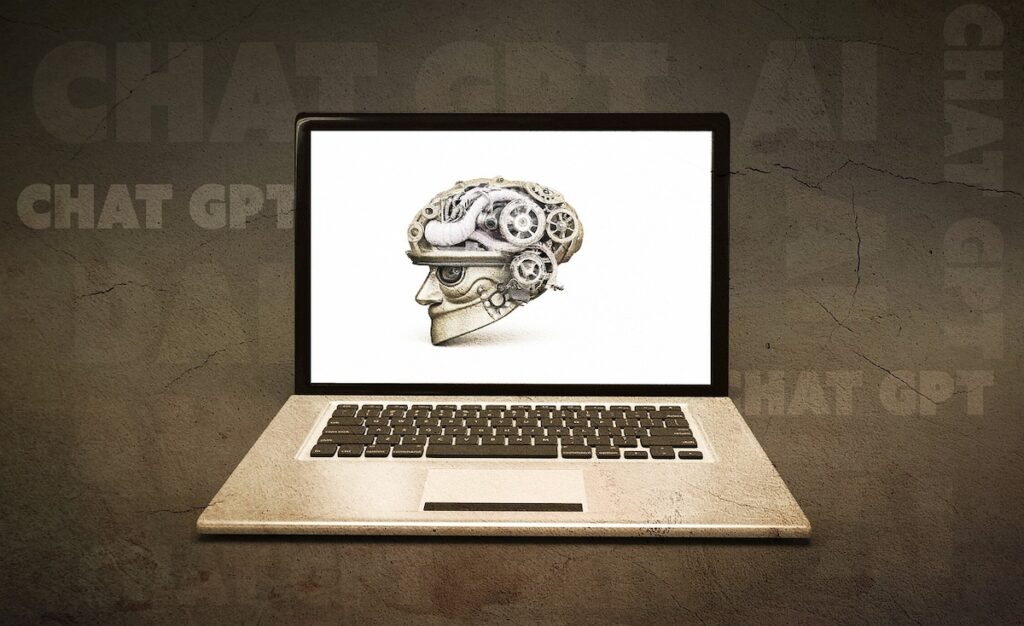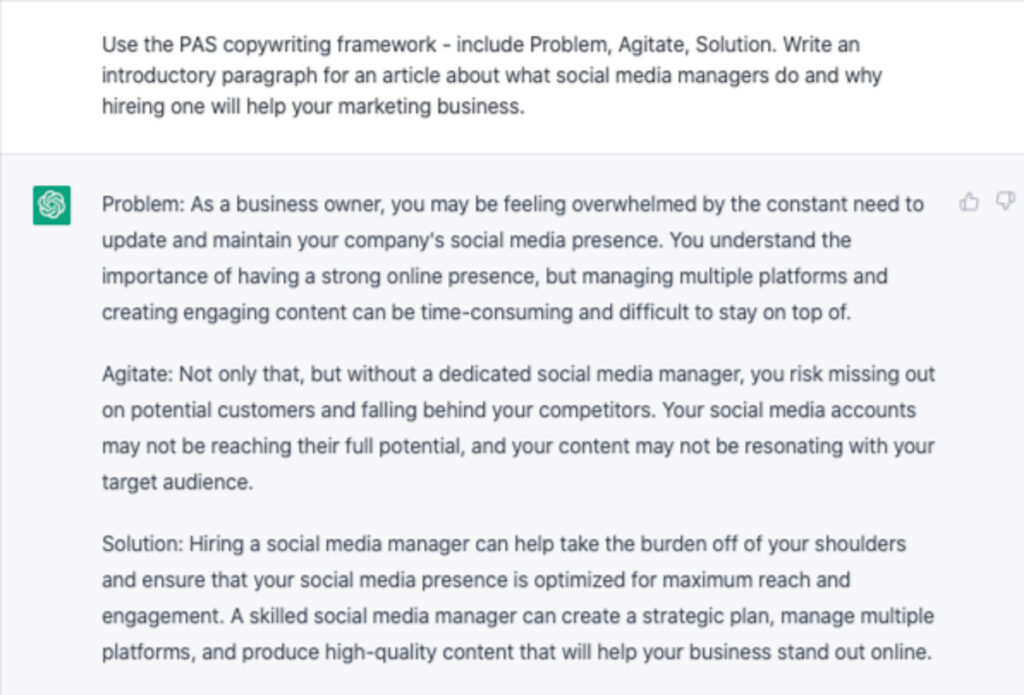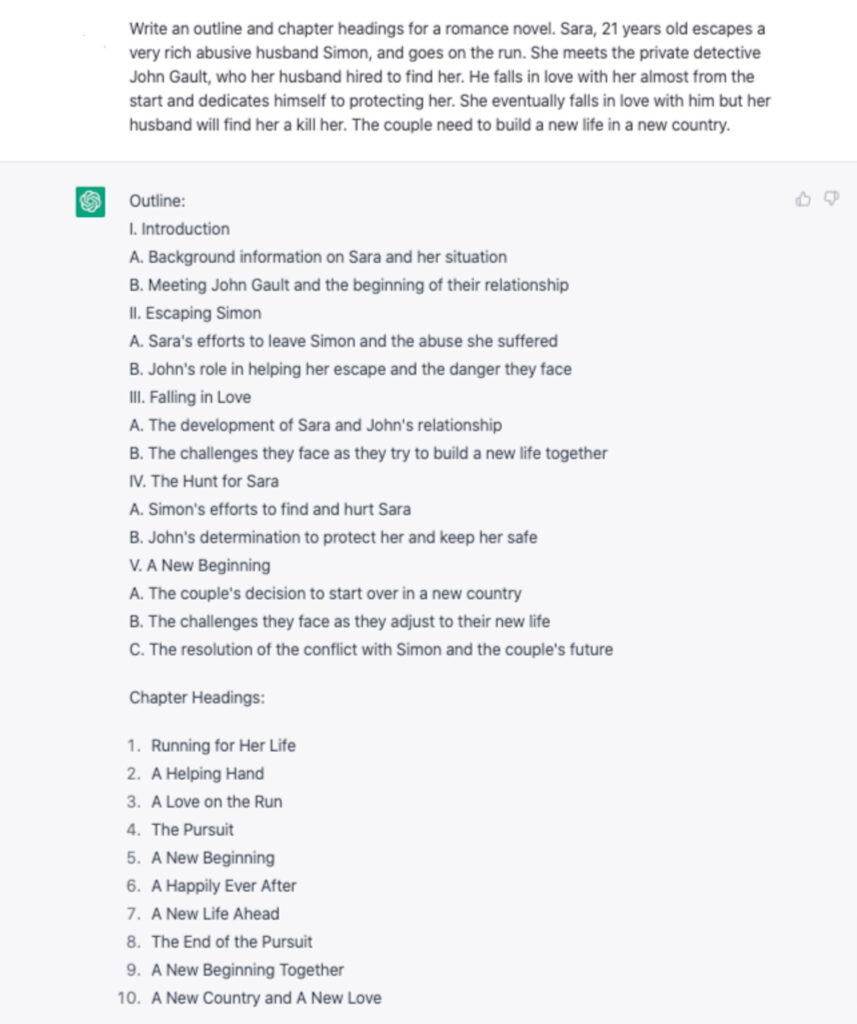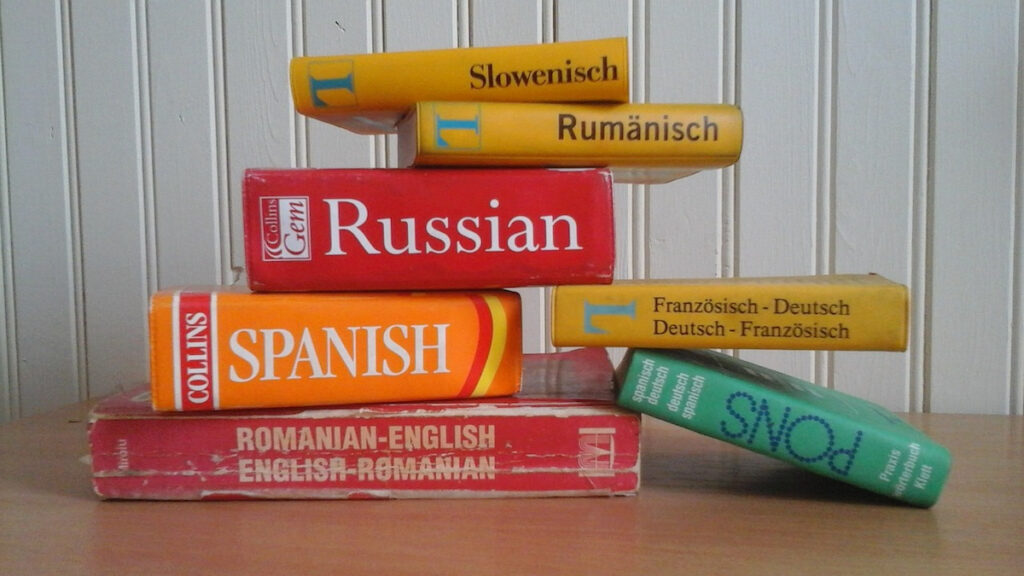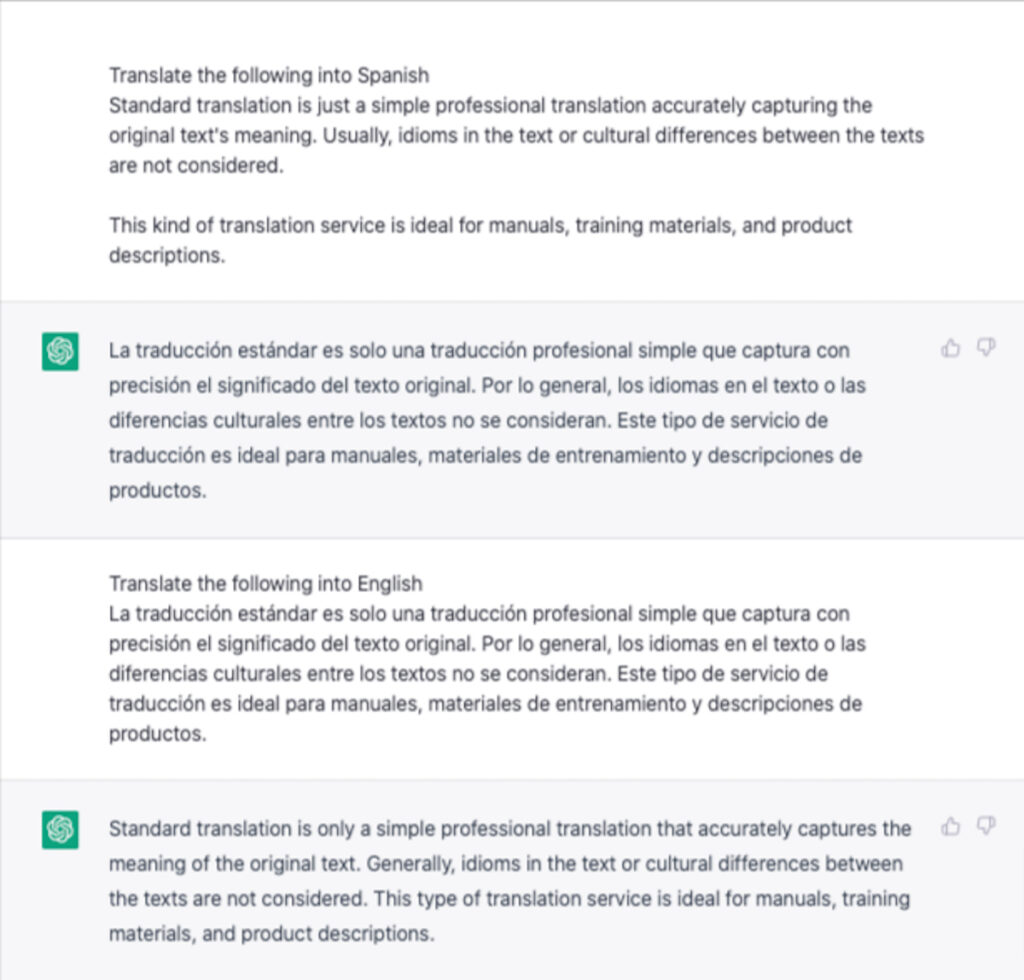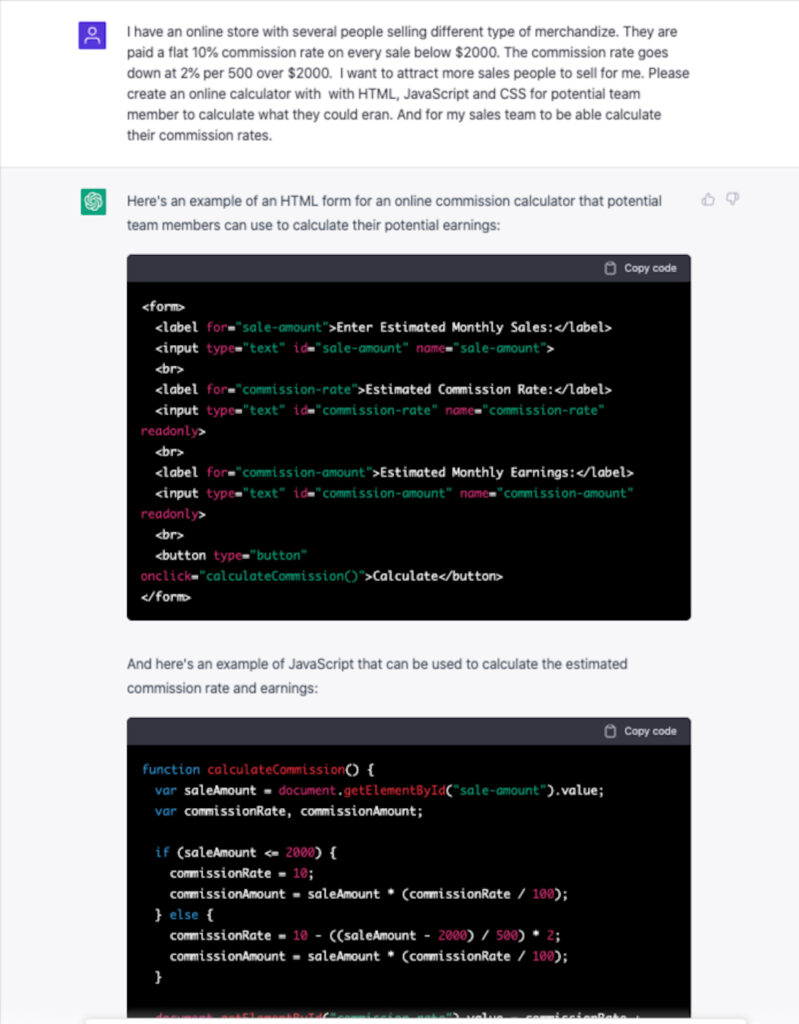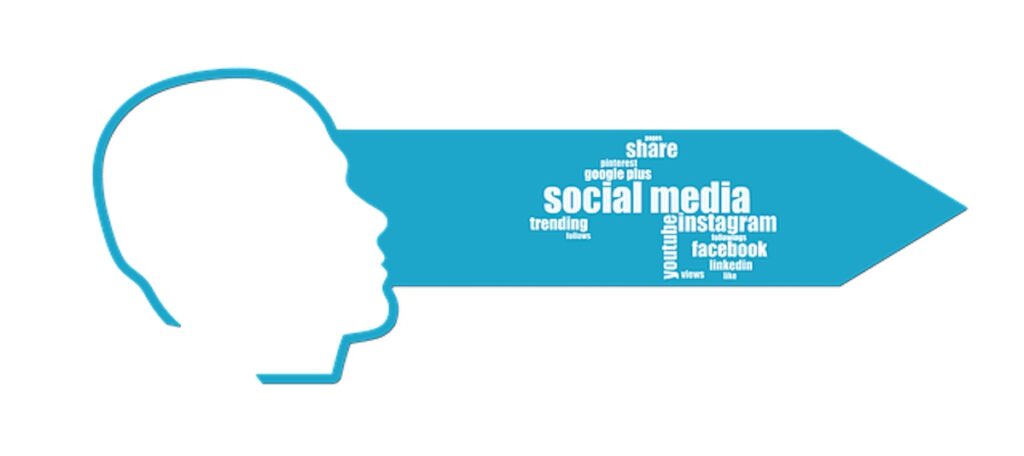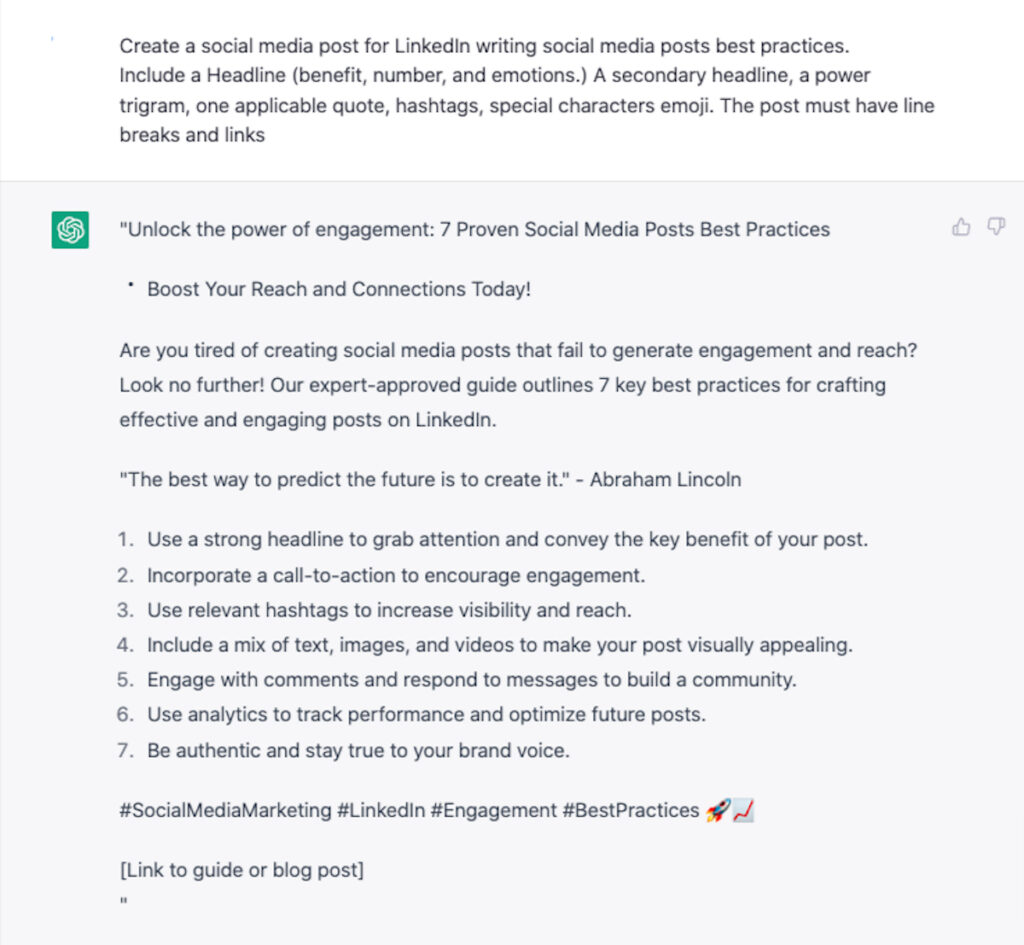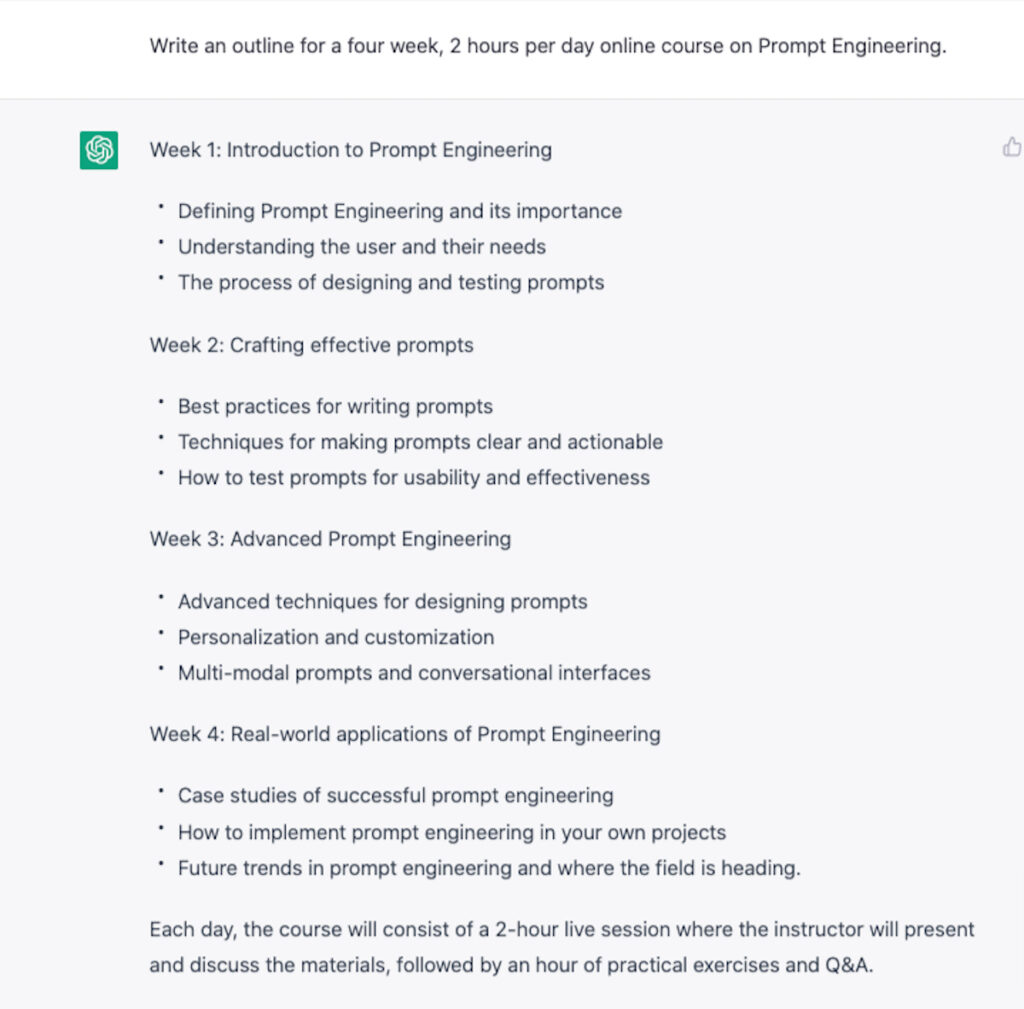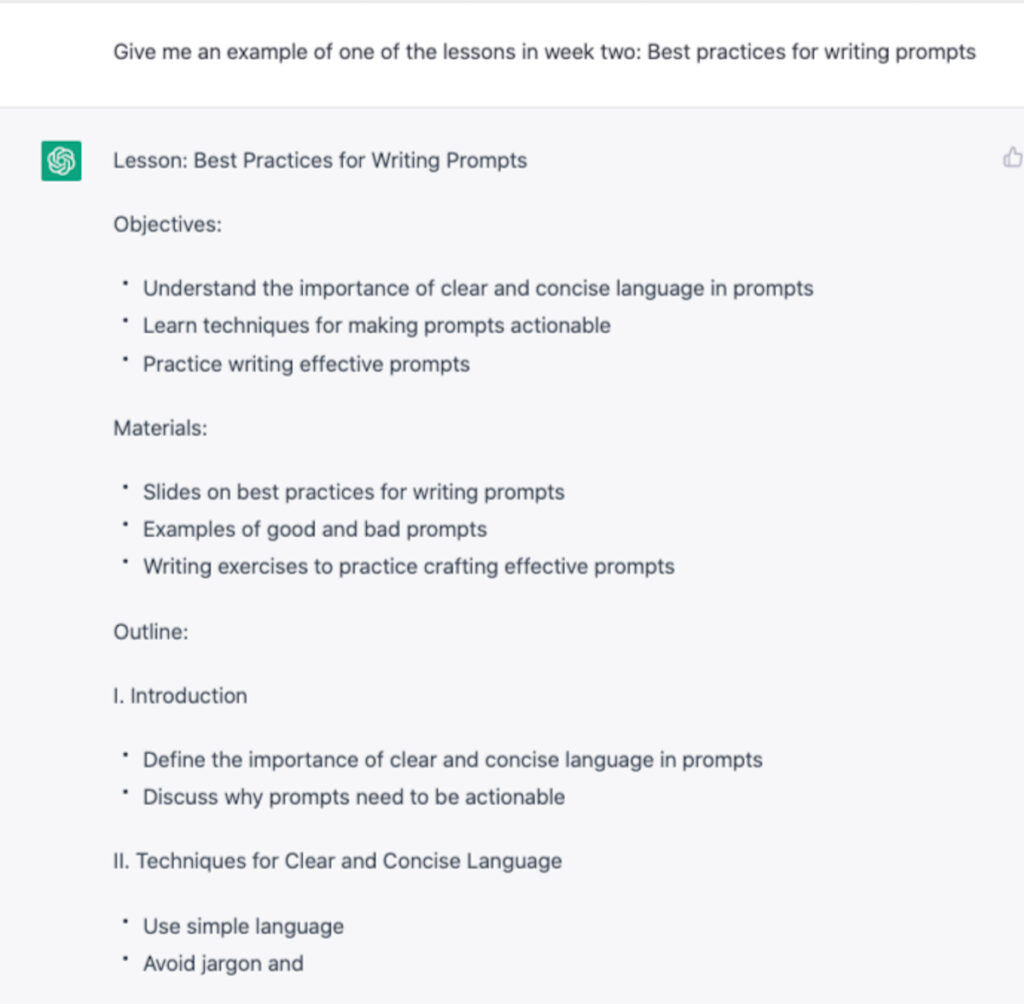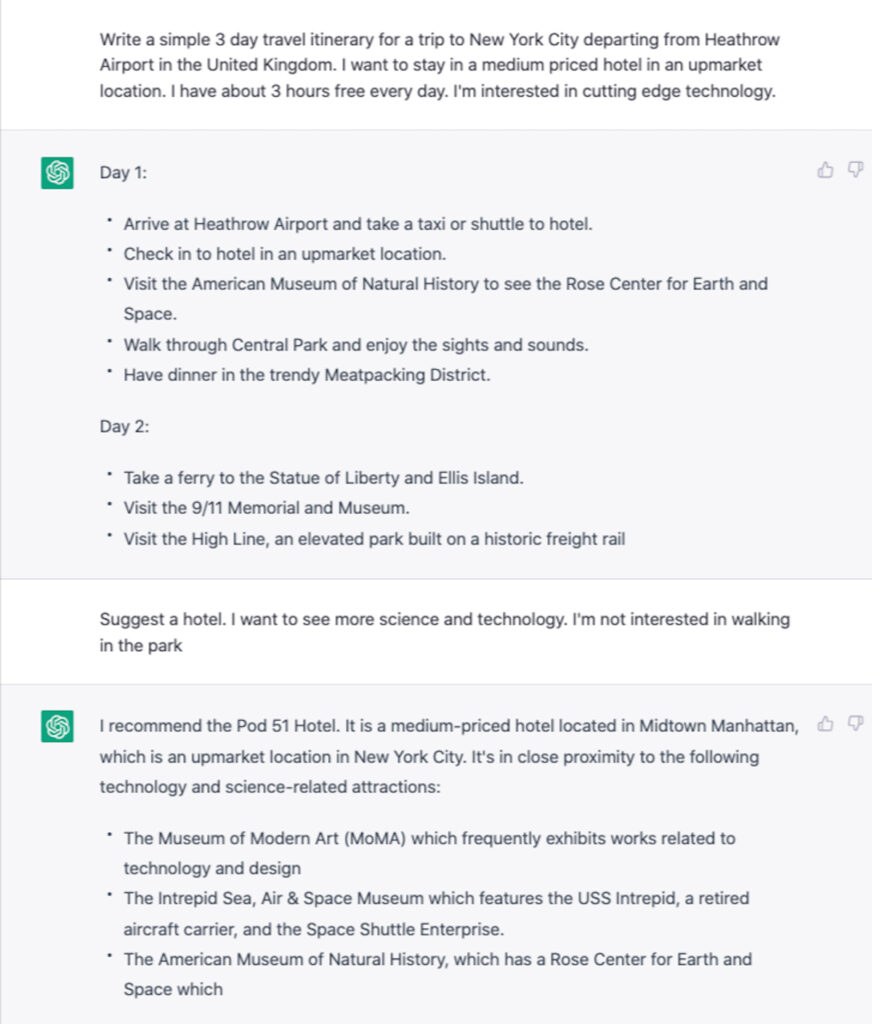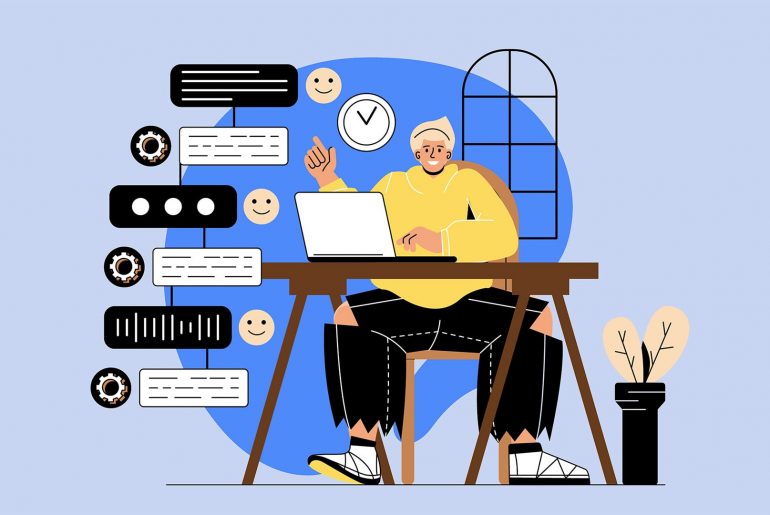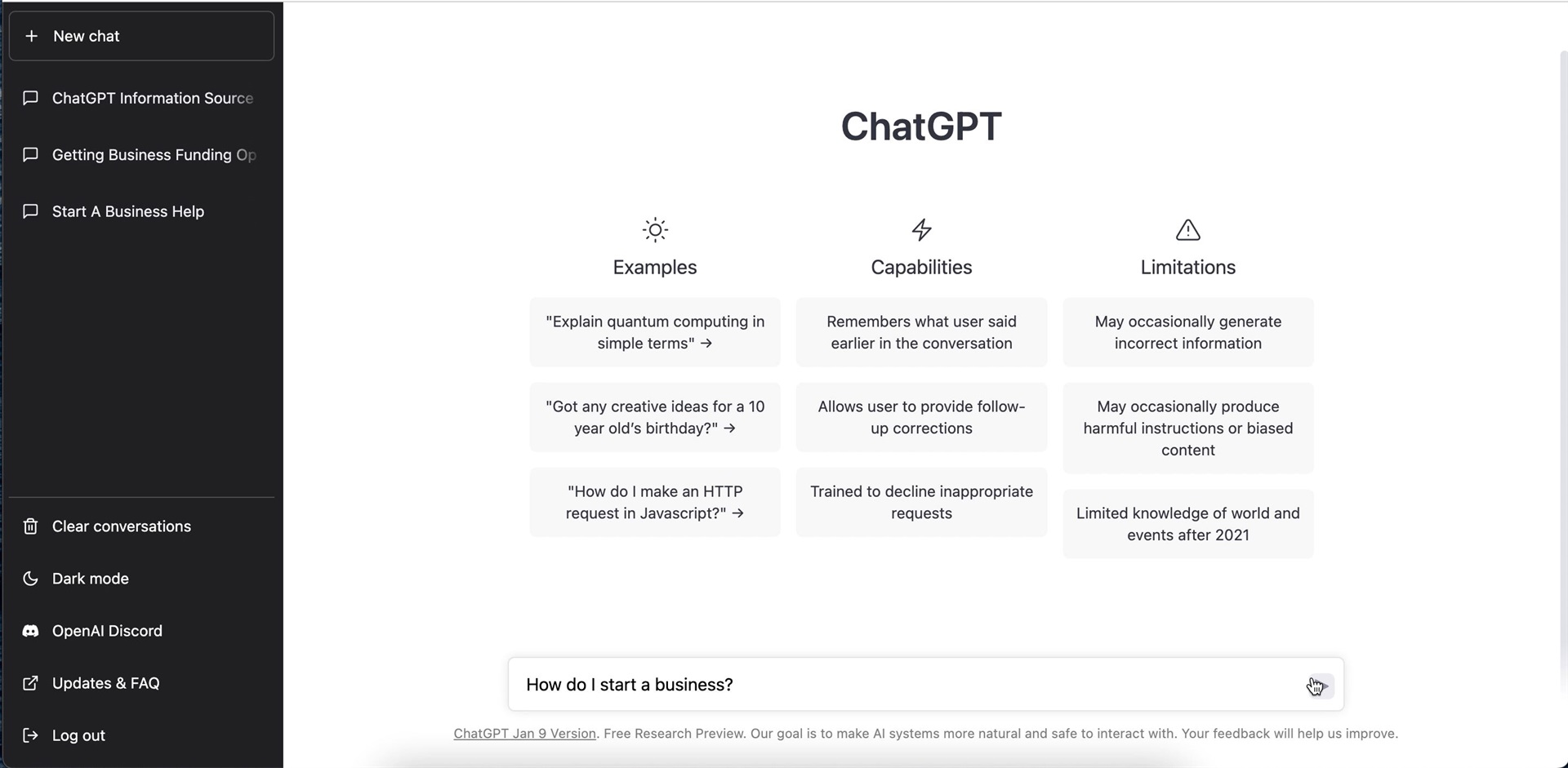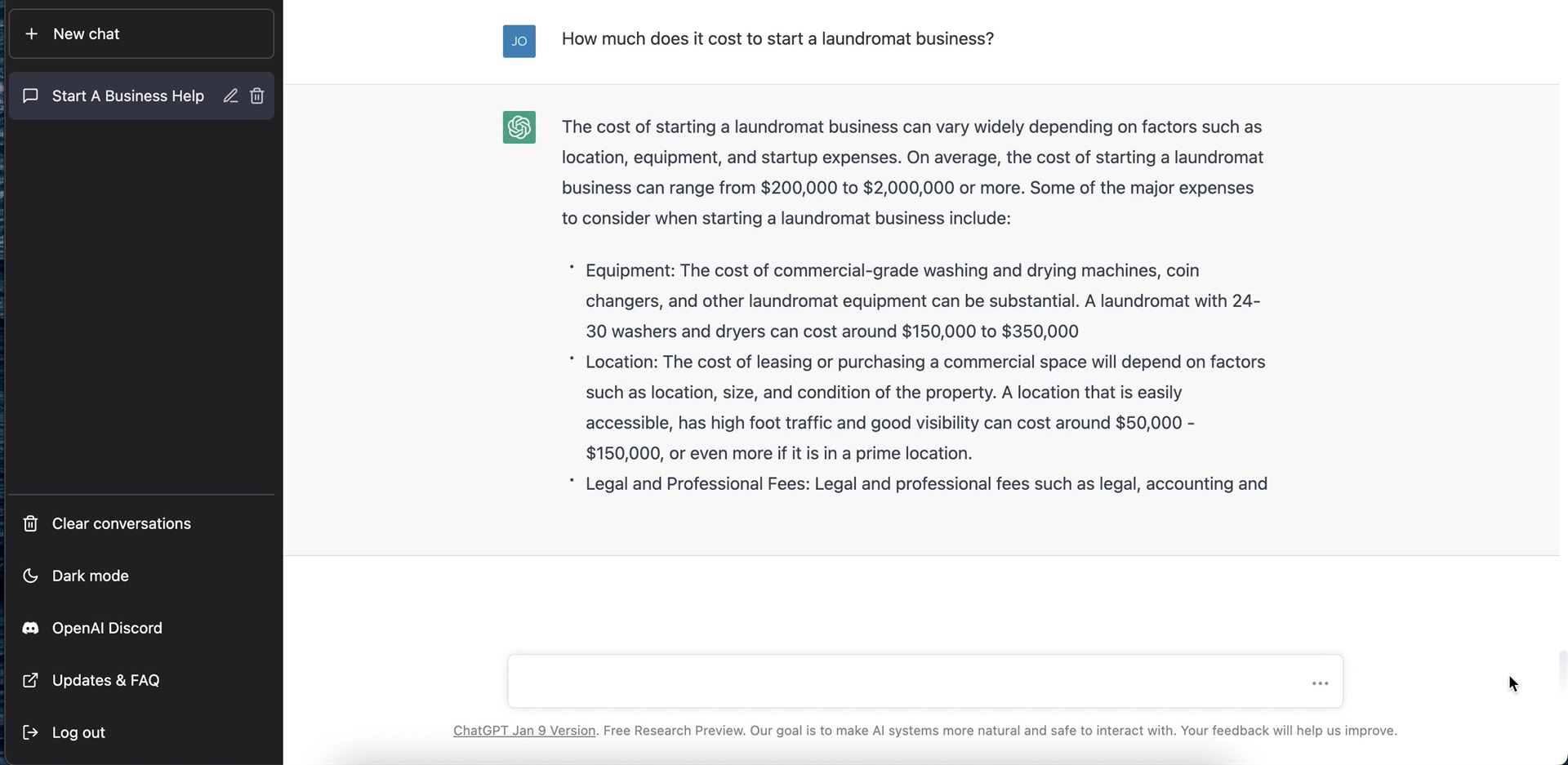B
ChatGPT SEO: Can you really use this tool to boost your results in search engines? And how does SEMrush come into it? Let’s find out!
ChatGPT is an amazing tool that can understand and respond to queries just like a human, thanks to its AI-powered technology. On the other hand, SEMrush is an all-in-one marketing platform that offers various tools for SEO, social media, content marketing, and more.
The great news is that these two tools can be used together to supercharge your SEO efforts!
By combining ChatGPT’s natural language processing capabilities with SEMrush’s data analysis tools, you can get valuable insights and ideas to optimize your website and boost your search rankings. Sounds awesome, right? Let’s dive into how to do it!
TLDR: Want to give SEMrush a try? Check it out here!
What is ChatGPT SEO?
When it comes to SEO, ChatGPT can be a valuable tool for generating content ideas and optimizing your website. You can use ChatGPT to create SEO-friendly content by providing it with relevant topics or keywords, and it will generate high-quality content that is optimized for search engines.
ChatGPT can also be used for answering common customer queries on your website, which can improve user experience and help boost your search rankings.
With ChatGPT’s advanced natural language processing capabilities, it can understand the intent behind a user’s query and provide relevant and accurate responses.
What is SEMrush?
SEMrush is a comprehensive marketing platform that provides a variety of tools for businesses to improve their online presence. It is used by SEO professionals, digital marketers, and content creators to analyse data, optimize websites, and improve their marketing strategies. SEMrush’s capabilities are vast, and include keyword research, backlink analysis, site audit, competitor analysis, social media management, and more.
One of SEMrush’s primary uses is for SEO. The platform offers a suite of SEO tools that can help you conduct keyword research, track your rankings, and analyse your competitors.
By using SEMrush’s keyword research tool, you can discover high-ranking keywords that are relevant to your business and optimize your content around those keywords. The site audit tool helps you identify technical SEO issues on your website and provides recommendations on how to fix them.
You can also track your rankings on search engine results pages (SERPs) and monitor your competitors’ SEO strategies to stay ahead of the game. Overall, SEMrush is a powerful tool for any business looking to improve their SEO efforts and stay competitive in the digital landscape.
How can you use SEMrush and ChatGPT for SEO?
Start by heading over to ChatGPT and asking it to generate a list of keywords. For this example, we’re going to ask ChatGPT for keywords that a social media marketer might want to rank for.
So you’ll literally type in ‘Give me a list of keywords that a social media marketer should be targeting in blog content etc’
Let’s see what ChatGPT came up with.

Now that ChatGPT has given us our list, we can pick one of these keywords and take it over to SEMrush. For this example, let’s go with “Audience targeting”.
Once on SEMrush, toggle over to the Keyword Magic Tool and paste in your chosen keyword. Hit enter. Next, you want to look at the search volume and the keyword difficulty. Now obviously “Audience targeting” is a very broad term, so we’ll want to find a related keyword that isn’t as difficult to rank for with our content.

You can toggle the results in SEMrush to find easier keywords to rank for, you’ll want to make sure that there is a decent amount of search volume too and that the keyword is relevant to your target audience.

In the screenshot above we can see that the keywords ‘target audience analysis and ‘audience targeting tools’ are reasonably easy to rank for at the moment, but the search volume is very low, so these keywords may not be worth creating content around.
Once you’ve found a good keyword using SEMrush, head back over to ChatGPT to decide on the topic of your article. For example, you might ask ChatGPT, ‘What are some topic ideas for an article targeting the keyword ‘audience targeting tools’?
From there you can pick a topic, ask ChatGPT to create an outline and then write your whole article for you using SEO best practices!
Best practices for SEMrush and ChatGPT SEO
When using ChatGPT with SEMrush for SEO, there are a few best practices to keep in mind to ensure that you are getting the most out of these powerful tools.
Set clear goals and objectives
Setting clear goals and objectives is essential for any SEO campaign. Before using ChatGPT and SEMrush, it’s important to have a clear understanding of what you want to achieve. Whether it’s improving your search rankings, generating more traffic to your website, or boosting your online visibility, having a clear goal will help you focus your efforts and measure your progress.
Provide detailed information
Providing detailed information and context to ChatGPT is also important. While ChatGPT is capable of generating high-quality content and insights, it still needs detailed information and context to provide accurate and relevant results. When providing ChatGPT with information, it’s important to be specific and clear about your objectives and requirements.
Review and refine results
Reviewing and refining results is crucial when using ChatGPT with SEMrush. While ChatGPT can provide valuable insights and ideas, it’s important to review and refine the results to ensure that they are accurate and relevant to your needs. This can involve editing the content generated by ChatGPT, fine-tuning your keyword research, or adjusting your optimization strategies based on SEMrush data.
Check accuracy and relevance
Ensuring accuracy and relevance of information is also critical when using ChatGPT with SEMrush. While these tools can provide valuable insights and ideas, it’s important to ensure that the information is accurate and relevant to your specific needs. This can involve cross-checking the results with other sources, verifying the accuracy of SEMrush data, and ensuring that the content generated by ChatGPT is optimized for your specific target audience.
By following these best practices, you can effectively use ChatGPT with SEMrush to improve your SEO efforts and achieve your goals. With a clear focus on your objectives, detailed information and context provided to ChatGPT, and a commitment to reviewing and refining the results, you can ensure that you are getting accurate and relevant insights that will help you optimize your website and improve your search rankings.
Wrapping it up
Using ChatGPT with SEMrush can provide a powerful combination of tools for improving your SEO efforts. By leveraging ChatGPT’s natural language processing capabilities and SEMrush’s robust data analysis tools, you can gain valuable insights and ideas for optimizing your website and improving your search rankings.
These tools can help with various SEO tasks such as keyword research, content creation, on-page optimization, link building, and competitor analysis.
So, if you’re looking to improve your SEO efforts and stay ahead of the competition, we encourage you to give ChatGPT and SEMrush a try together. You might be surprised at how much these tools can help you achieve your SEO goals!





